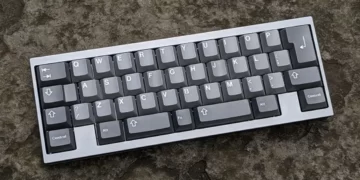Your keyboard layout can mean the difference between a smooth and an uncomfortable writing experience, and if you have been researching keyboards for a while, you might’ve come across the terms ANSI and ISO, which are the two most popular keyboard layouts.
ANSI stands for American National Standards Institute, while ISO stands for International Organization for Standardization, which are both standards for keyboard layouts with notable differences in key positions and shape. These are different from letter layouts like QWERTY and DVORAK, which only change the letter corresponding to each key, not the position of the keys themselves.
depending on the manufacturer and where you’re located, you are probably familiar with one of those layouts, and probably unaware of the other even existing, so let’s see the difference between each layout.
ANSI vs ISO Layout Differences
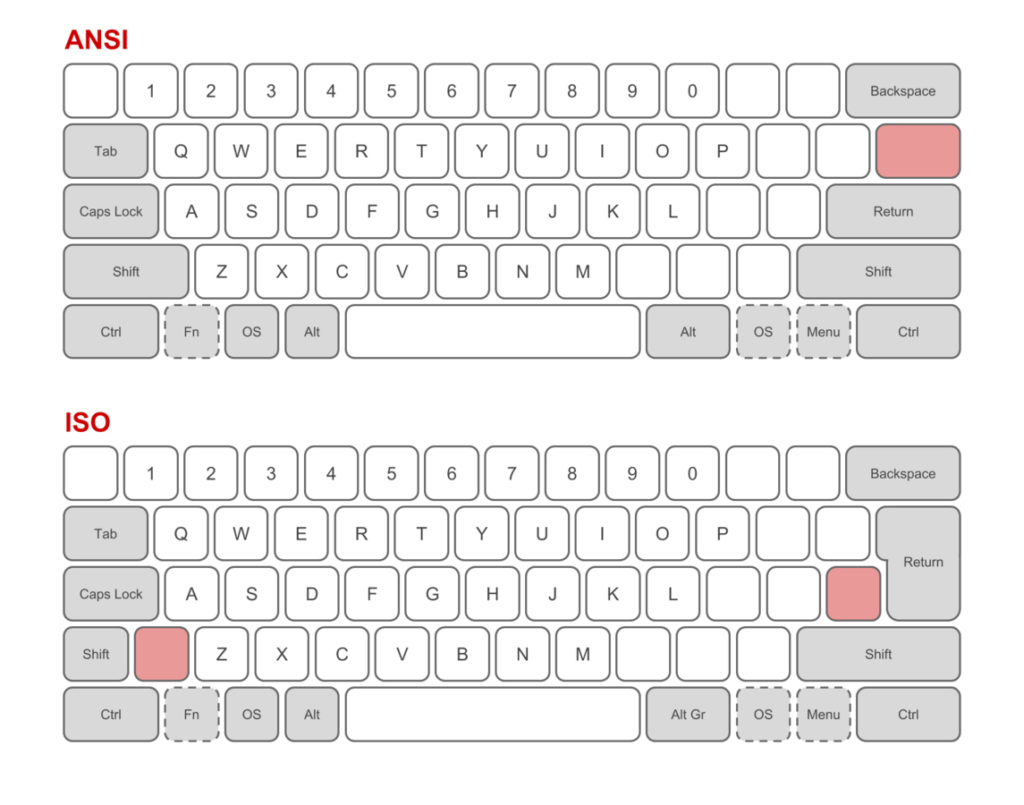
There are five notable differences between the ANSI and ISO layouts, the differences are in the shape and placement of the Return Key, right alt, Left Shift, and Backslash keys, as well as the total number of keys on the keyboard.
1. Return Key
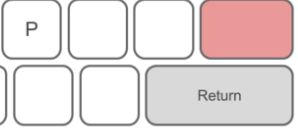
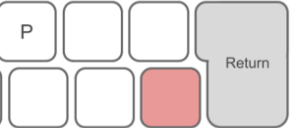
The Return key, also known as the Enter key, is probably the first difference someone notices when comparing the layouts since the ISO key takes up two rows and resembles a thick upside-down L, while the ANSI key is wider, but only takes up one row.
2. Right Alt

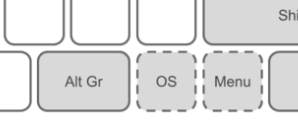
The ANSI right alt key is identical to the left alt key, on the other hand, the ISO right alt key is replaced with an alt graph key.
3. Left Shift
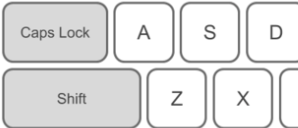
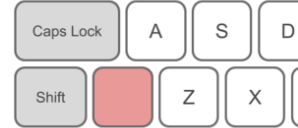
The ANSI left Shift key is also identical to the right shift key, which is the same width as two regular keys, while the ISO left shift is about half the size as the ANSI shift key.
4. Backslash


The backslash key is also one of the biggest differences between the layouts since the ANSI backslash is located above the return key and about the size of one and a half keys, while the ISO backslash is regular-sized, and located to the left of the return key.
5. Number of Keys
and lastly, the number of keys is also different between layouts, the full ANSI layout is 104 keys, while the compact version has 87 keys, on the other hand, the ISO layout has one more key with 105 keys for the full layout, and 88 keys for the compact version.
ANSI vs ISO: Which layout is better?
So which layout should you use? Well, that question is hard to answer since there is no inherently better layout, and each layout does have its advantages.
the main advantage of the ISO layout is the alt graph key, which stands for alternate graphic, can let you access symbols not easily accessible, like currency symbols, Latin letters, and other symbols that are otherwise inaccessible from a regular keyboard, similar to how you can hold down shift to access the dollar sign.
however, ANSI is also more available, so more options are available to buy, and it might be better ergonomically for users because of the longer shift and return keys
This shows that both layouts exist for different reasons and for people with different needs, so there is no clear winner in that regard, which means it depends on your use case, and how comfortable are you with your current keyboard layout.
JIS: The third keyboard layout
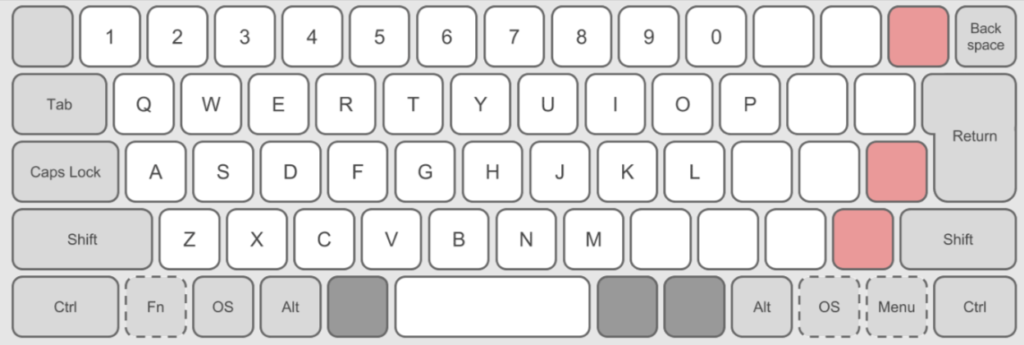
You might have also heard about the JIS layout, which stands for Japanese Industrial Standard, and most of the changes are done to the spacebar since it is shrunk down to fit 5 extra keys that are needed for the Japanese language.
Ortholinear: The Newcomer
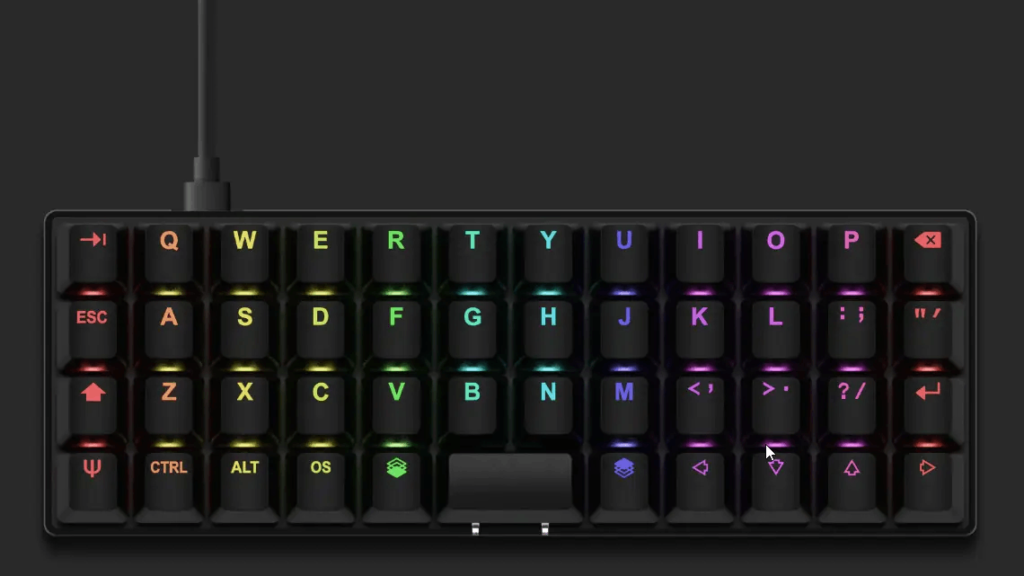
The Ortholinear keyboard has been generating some steam recently since it is often said to be the “best” layout, since it throws away the staggered kay layout, and instead compresses the key rows to remove all of the empty space between the keys, which will shorten the distance you need to travel to hit the keys.
Conclusion
At the end of the day, it comes down to personal preference, it’s a matter of how each layout feels for you to use, and how comfortable it is for you to use for long periods of time.









